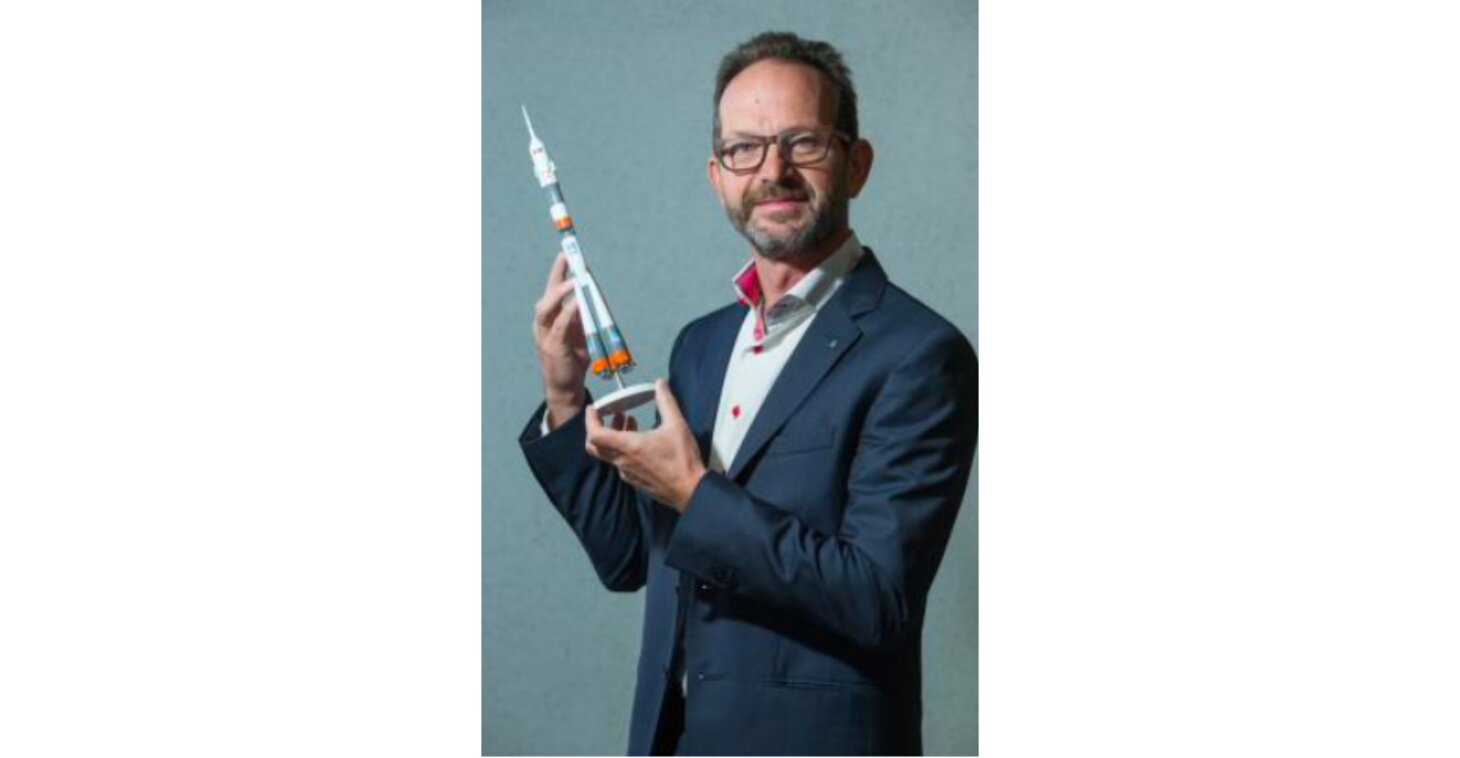Head of the lab
Prof. Floris Wuyts, PhD
Collaborating with NASA in the early 2000s, I conducted research on the effects of medication on the vestibular system to alleviate space motion sickness. Subsequently, I founded and led the research lab AUREA (later rebranded as LEIA) to further explore equilibrium and aerospace-related investigations. My involvement as the Principal Investigator in the ESA project GAZE-SPIN from 2007 to 2020 marked a significant milestone in my career. This project involved extensive evaluations of cosmonauts' vestibular function before and after prolonged space missions aboard the International Space Station, contributing valuable insights to the field of aerospace medicine, and resulting in several PhD’s (e.g. Angelique Van Ombergen). In 2009, I secured another ESA grant as the Principal Investigator for the BRAIN-DTI project, dedicated to investigating the effects of spaceflight on astronauts' brains using state-of-the-art MRI techniques. This groundbreaking initiative was the first globally to delve into this aspect, culminating in the first publication worldwide on the topic in 2016 (Demertzi et al, 2016). Subsequently, our research efforts yielded a series of impactful publications in prestigious journals such as the New England Journal of Medicine, Proceedings of the National Academy of Sciences (PNAS), Science Advances, Nature Communications Biology, Lancet Neurology, and NPJ Microgravity. These contributions have greatly enriched our understanding of the structural and functional changes in astronauts' brains post-spaceflight. In recognition of these endeavors, I was honored with the ELGRA (European Low Gravity Research Association) Award for Outstanding Contributions in Life Sciences in Space in September 2022. Furthermore, in July 2023, at the International Space Station Research and Development Conference in Seattle, I, together with the BRAIN-DTI team were presented with the "Compelling Results Award - Human Health in Space" for the research on identifying brain changes in returning astronauts. This prestigious acknowledgment was conferred by the American Astronautical Society, ISS National Laboratory, and NASA, underscoring the significance of our findings in furthering human health research in space exploration.
Next to space physiology, has my focus over the past three decades been on vestibular research. This resulted in numerous PhDs and publications. I conduct weekly consultations at the European Institute for ORL-HNS (EIORL) at St. Augustinus Hospital in Wilrijk, where I collaborate with medical professionals to see patients, including those with Mal de Débarquement Syndrome (MdDS). My involvement in the vestibular research world has garnered recognition within the esteemed standardization committees of the Barany Society, a global authority comparable to the International Headache Society but focused on defining vestibular disorders. Furthermore, I have devised the innovative "SOSTONED anamnesis method" for interrogating vertigo patients, enhancing diagnostic precision (Wuyts et al, 2016). Widely adopted across medical education curricula and clinical practices in Europe, this method has garnered significant attention, with over 35,000 views and downloads, ranking among the top Frontiers articles.
I am tenure as full professor at the University of Antwerp where I teach students of Physics, Mathematics, Informatics, Medicine, and Biomedical Sciences ranging from 1st year bachelor to 1st year of Masters. The courses comprise Medical Physics, Biostatistics, General Physics, Systems Neuroscience, Capita Selecta in Cardiology, Scientific Reporting, Electricity and Magnetism. For more than a decade, I am visiting professor at King’s College London (ranked as a top 20 university) and recently I gave 2 lectures at MIT in Boston. Similarly, for several years I have been re-invited to teach at the ESA academy and the ELGRA summer school on space physiology.
